When was the last time you killed a plant—on purpose? Sure, we make heroic efforts to keep our plants alive, protecting them from the elements and drizzling them with potions to help them thrive. But occasionally, the best thing you can do for your garden is to kill something. In my world, not all green things are sacred; it’s all right to hurry the demise of a plant if a greater good results from sending it to the compost pile.
Unlike a sculpture or other work of art, gardens are not things we conceive, create, and declare “done.” Gardens are a perennial work in progress, driven by evolving personal taste, changing needs, and well-intended-but-sometimes-misinformed plant selections.
Take a sober look at your garden, and consider the opportunities that await from feeding that misshapen, pest-riddled firethorn (Pyracantha spp. and cvs., USDA Hardiness Zones 6–9) into the brush chipper. Sure, you’ll feel pangs of guilt disposing of a plant your great aunt Mabel gifted you—or worse, you’ll wonder if the notion that plants possess feelings is true. But in the long run, the benefits of starting over will far outweigh your momentary misgivings.
1. Wrong plant, wrong place
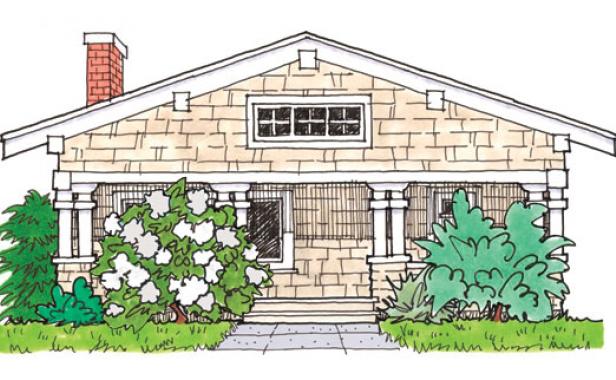
2. Failure to thrive
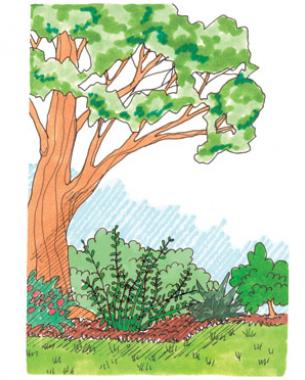
In the gardens I design, I don’t want plants to just grow—I expect them to thrive. So it doesn’t make sense to hang on to plants that are barely hanging on. Poor performers only leave holes in a landscape. Perennials that flourish in a young sunbathed garden will inevitably decline as trees mature and expand their umbrella of shade. Finicky roses continually harassed by beetles, mildew, or rust are telling you that it’s time to throw in the towel. Is it really worth digging in your heels and showering them in sprays and powders? Their superior replacements may be as close as a neighbor’s yard: Find out what’s thriving next door under similar circumstances, and start growing the same sure bets in your own garden.
3. Less than lovely
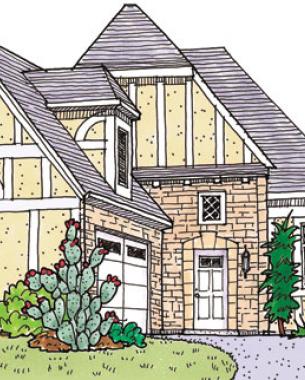
What if all your plants are growing like gangbusters, but they just don’t drive you wild? Perhaps your tastes have changed or you don’t fancy the cactus that a previous home owner planted outside your Tudor-inspired cottage. Just as finding the perfect pillows for a sofa can take a few tries so can finding the right plants to flank a walkway. Flowers that look beautiful on a plant label or seed packet might not perform as expected, and life’s too short to put up with plants that you don’t like. Time to slash and shop.
4. Untapped potential
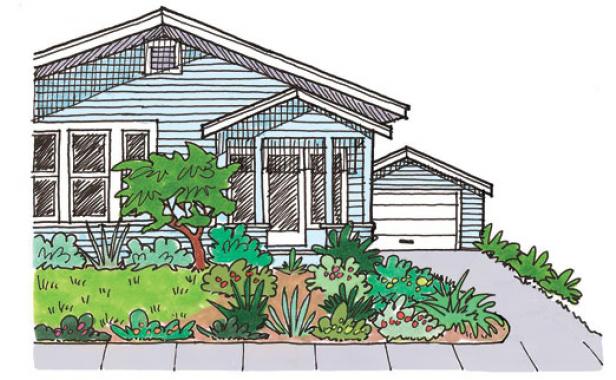


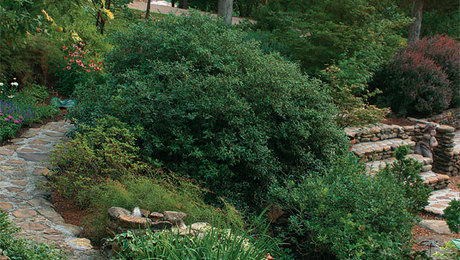


















Comments
I believe that there is another reason to kill the plant - if it is dangerous for the life of your pet. Of course, it is better not to buy such a plant or if you have one, just present it to someone who don't have pets. The world's largest animal protection organization, the Animal Protection Society of the United States (HSUS), has published a list of plants dangerous to pets and I think that everyone should learn about them. They produce toxic substances for animals in dangerous quantities. The consequences can be different: from nausea to death. Most often, animals of the following families are dangerous for animals: amaryllis, aroid, caster, solanaceous, and milkweed. I even ask college essay writing service to write for me a list with all dangerous types, because I live with two cats and there're lots of different plants in my house.
Log in or create an account to post a comment.
Sign up Log in